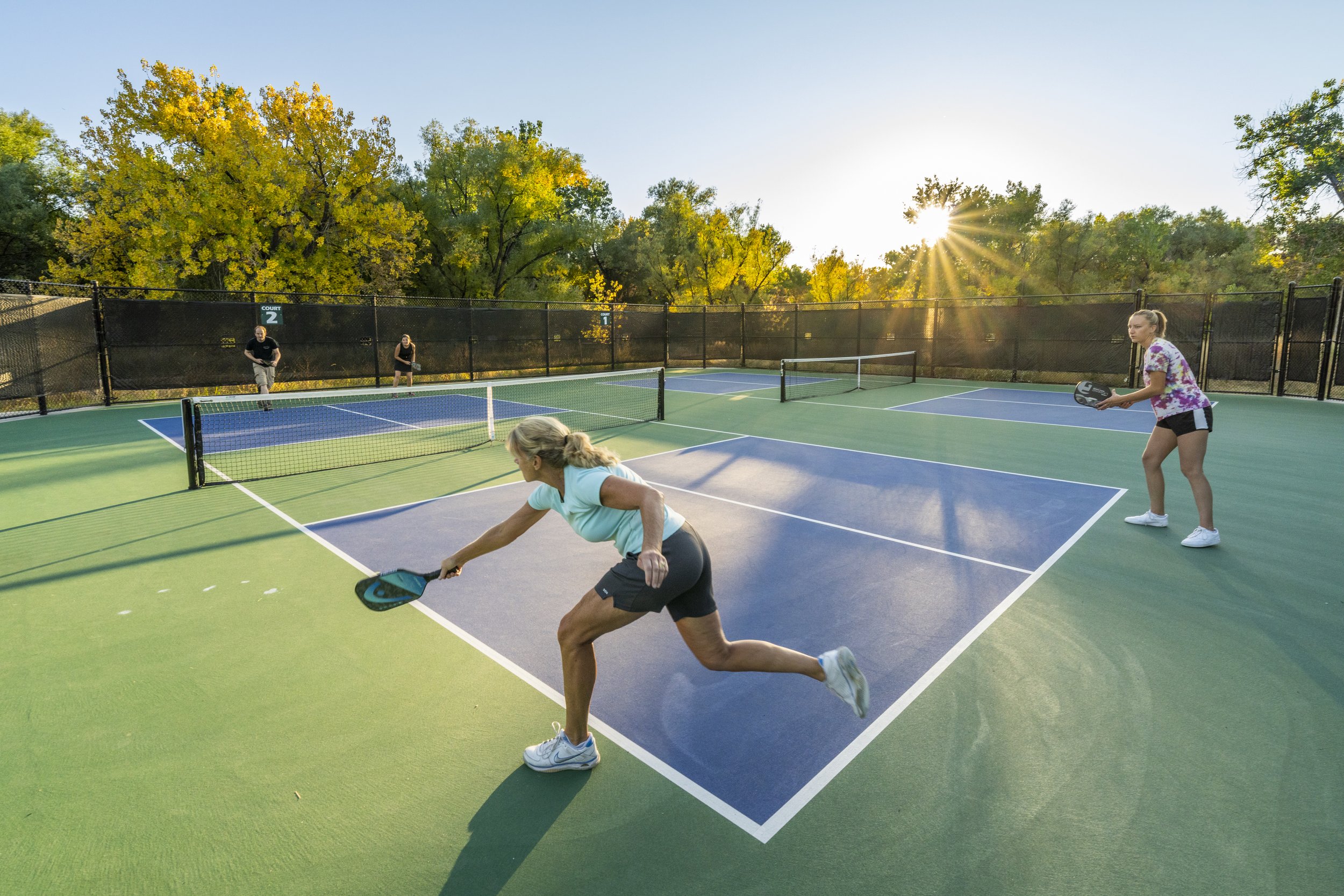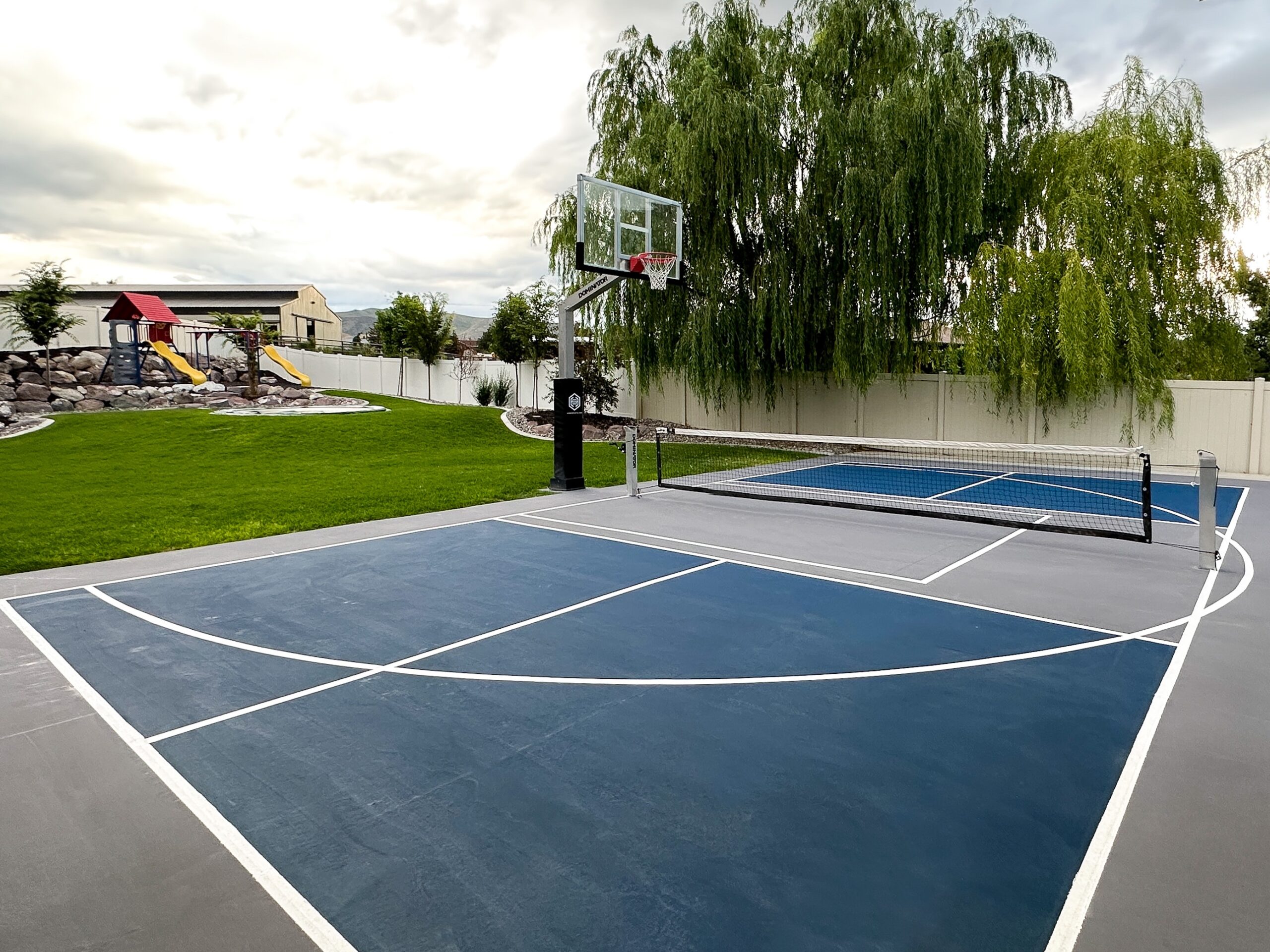Increase Resident Involvement With Community-Driven Pickleball Court Projects
The emergence of community-driven pickleball court projects provides an unique chance to cultivate local involvement and reinforce community ties. By proactively involving locals in the preparation and implementation phases, such initiatives not just create entertainment spaces yet also promote a common sense of possession. Comprehending the steps to start these tasks, including effective stakeholder interaction and resource allotment, is important. However, the actual question remains: exactly how can these grassroots initiatives be purposefully applied to ensure sustainability and inclusivity in varied communities? Discovering successful study may provide the insights required to address this critical worry.
Importance of Area Engagement
Neighborhood engagement is a crucial component in the effective development of pickleball court projects, as it fosters a sense of ownership and cumulative obligation amongst citizens. When neighborhood members are proactively involved in the planning and implementation phases, they are more likely to support for the task's long-lasting success. Involving stakeholders such as neighborhood players, family members, and leisure teams ensures that the centers fulfill the diverse needs and choices of the neighborhood.
Additionally, community interaction grows an encouraging atmosphere where locals really feel empowered to add their concepts and resources. Pickleball court construction. This collective strategy can cause cutting-edge services that enhance the layout and capability of the courts, making them extra enticing to a bigger audience. Additionally, involving homeowners in decision-making procedures can reinforce social connections, promoting inclusivity and unity within the community
The presence of area assistance for a pickleball project can likewise play an essential duty in protecting funding and authorization from local authorities. By demonstrating a shared dedication to leisure development, areas can efficiently advocate for resources and policy changes that favor the establishment of pickleball courts, ultimately enriching the neighborhood culture and entertainment landscape.
Steps to Launch a Job
Initiating a pickleball court job needs a systematic method that improves the structure of community interaction developed in previous conversations. The very first step is to set up a job board comprising local stakeholders, fanatics, and agents from relevant companies. This varied group makes certain that multiple viewpoints are considered.
Following, conduct a demands assessment within the area. Surveys, emphasis groups, and public conferences can be efficient in determining passion and gathering input on prospective court places, wanted facilities, and scheduling choices. Following this, create a job plan laying out timelines, purposes, and duties.
When the plan is in place, involve with neighborhood authorities to comprehend zoning regulations and any necessary permits. Connecting transparently with the area throughout this process is essential, as it cultivates trust fund and encourages more participation.
Furthermore, arranging community events can aid preserve energy and interest. These events can offer as systems for more discussion and aid to reinforce neighborhood connections. Paper every action taken and maintain thorough records, as this will be helpful for future stages of the project, including funding and resource procurement.
Financing and Resources Available
Safeguarding funding and resources for a pickleball court project is typically a critical step that can determine the task's usefulness and success. Various avenues exist for obtaining economic support, varying from public funding to personal sponsorships. Neighborhood federal government gives, typically aimed at advertising community health and wellness and entertainment, can supply significant financial support for such campaigns.
In enhancement to federal government sources, nonprofit organizations and structures regularly provide gives particularly for sporting activities and neighborhood advancement tasks. Involving neighborhood services as enrollers can additionally be a worthwhile method; lots of companies are anxious to buy community initiatives that improve their company social duty account.
Crowdfunding systems have actually become a practical option for grassroots fundraising, allowing area members to contribute straight to the task. This method not only raises funds but also promotes a feeling of ownership amongst participants.
Style and Preparation Considerations
Effective design and planning are basic components of any successful pickleball court project adhering to the procurement of financing and sources. An extensive assessment of the recommended area is necessary; this consists of look at here assessing availability, closeness to existing community facilities, and the possibility for exposure and involvement.
The design of the court should stick to main dimension specifications while thinking about the surrounding setting. Including attributes such as seats, color frameworks, and suitable lights can significantly enhance gamer experience and viewer satisfaction. Products picked for the court surface must prioritize toughness and safety and security, with options like acrylic or asphalt offering optimal performance.
Including neighborhood members in the style process promotes a feeling of ownership and guarantees that the facility fulfills neighborhood requirements - Pickleball court construction. This can be achieved with public examinations and studies, permitting stakeholders to reveal their choices and worries
Sustainability needs to this page additionally be a top priority; incorporating eco-friendly products and methods can add to long-term practicality. Lastly, creating a maintenance plan to make certain the court continues to be in excellent condition will certainly sustain ongoing neighborhood engagement and participation in pickleball tasks.

Success Stories and Study
Highlighting the transformative influence of community-driven efforts, several success stories illustrate just how joint efforts have actually led to the advancement of lively pickleball courts throughout various areas. One notable example is the initiative in a tiny town in Florida, where locals united to transform an underutilized tennis court right into a committed pickleball center. Via fundraising occasions and collaborations with local companies, the community increased adequate funds to set up brand-new nets, resurfacing, and lines, eventually cultivating a lively center for regional players.
In a similar way, in a suburb of The golden state, a grassroots motion emerged to develop pickleball courts in a local park. The job not just engaged volunteers for construction yet also included workshops to engage area participants in the sport. Because of this, the courts ended up being a centerpiece for social communication and health and fitness, drawing in players of every ages.
These study exhibit just how community-driven tasks can enhance local engagement, advertise physical task, and reinforce social bonds. By leveraging collective sources and enthusiasm, areas can effectively develop and maintain pickleball facilities that offer varied populaces and promote a sense of belonging.

Conclusion
To conclude, community-driven pickleball court tasks act as crucial instruments for improving local involvement and promoting a sense of belonging among homeowners. By prioritizing stakeholder participation throughout the preparation and implementation stages, these campaigns why not find out more can efficiently attend to diverse neighborhood requirements. Furthermore, leveraging offered resources and examining effective instance research studies can give useful insights for future tasks. Inevitably, such initiatives add to the makeover of public rooms into vibrant facilities of physical fitness and social communication, reinforcing area ties.
The appearance of community-driven pickleball court tasks offers a distinct possibility to cultivate regional engagement and reinforce neighborhood ties.Neighborhood interaction is an essential aspect in the successful development of pickleball court tasks, as it fosters a sense of possession and cumulative obligation among locals. When neighborhood participants are proactively involved in the preparation and implementation stages, they are a lot more most likely to advocate for the task's long-term success.Launching a pickleball court project calls for an organized strategy that develops on the structure of area engagement developed in previous conversations. The task not only engaged volunteers for building and construction but additionally included workshops to engage community participants in the sporting activity.